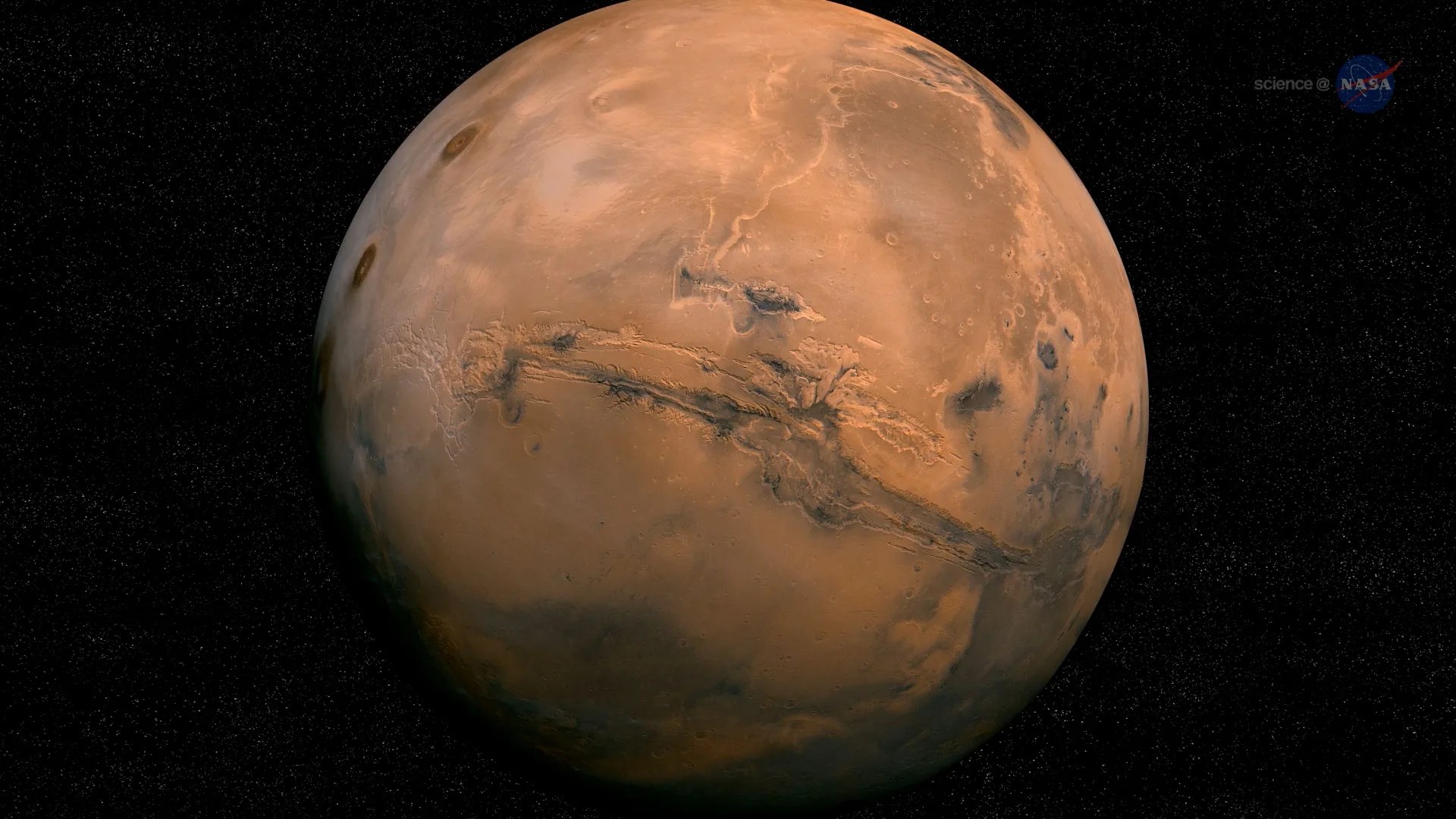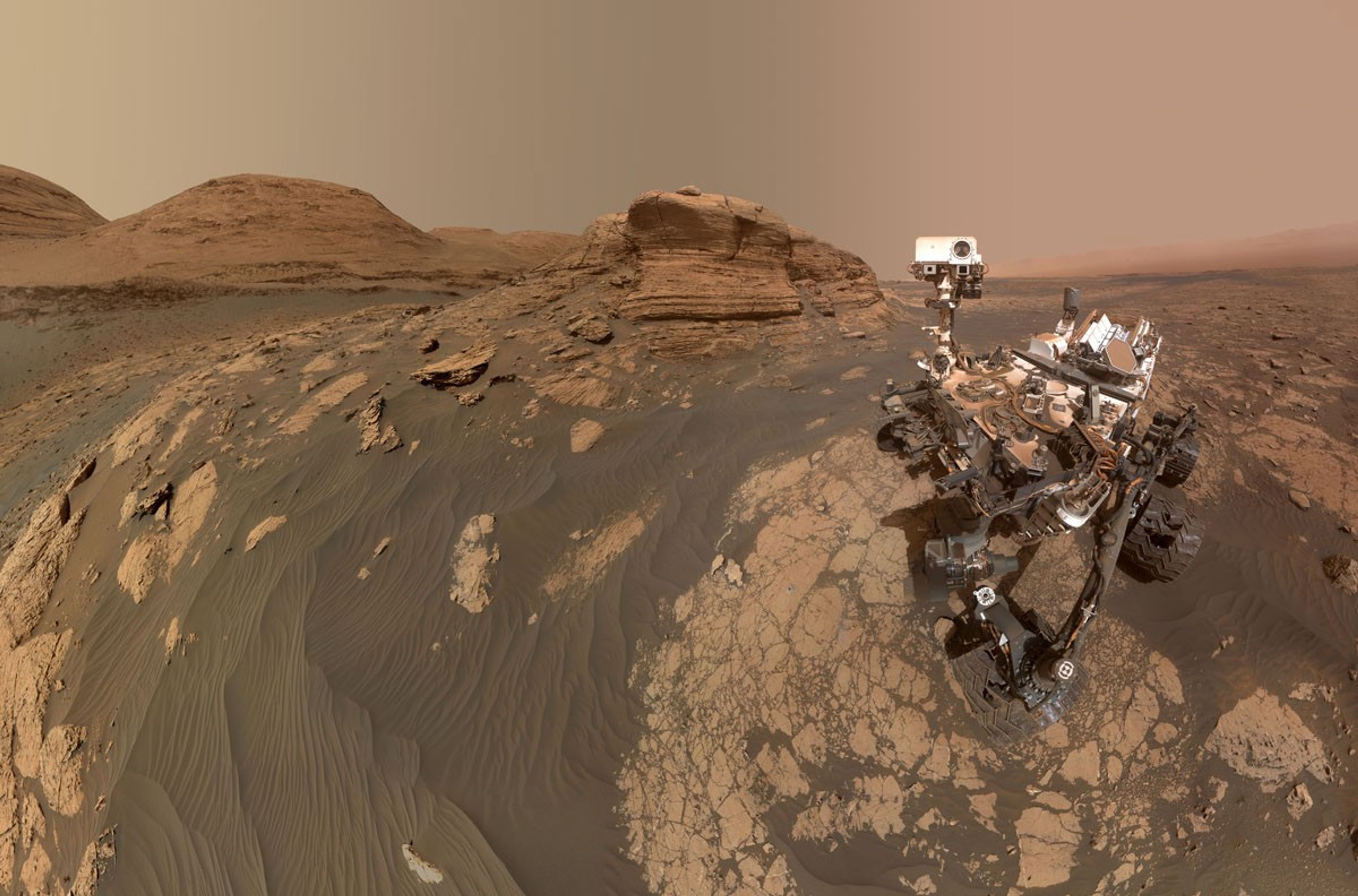2 min read

Perseverance has continued its traverse west through the Margin unit. As the rover drives, images and data are obtained using instruments such as Mastcam-Z, Navcam, and SuperCam to track any changes in the chemistry or appearance of the rocks.
Along the way, the science team used these images to pick out an exciting rock named Bunsen Peak. This rock was intriguing because it stands tall among the surrounding terrain and has some interesting surface texture on its left face, as seen in the image above. Another feature of the rock that stood out in the image was the near vertical face directly in front of the rover. A vertical face piques the interest of the science team for a couple of reasons: first, a vertical face of a rock could give a cross-sectional view of any chemical or physical layering that might be occurring in the rock. Second, a vertical face is usually less dust-covered, which is good news for our scientific instruments!
Dust coatings on a rock surface can obscure the actual chemistry of the rock underneath, so it is important to look for less dusty surfaces for obtaining data and pictures. For example, in the Bunsen Peak rock, you can see where there are curved or angled surfaces of the rock that are lighter in color due to dust accumulation. Other surfaces, however, such as the protruding lip of rock the rover’s arm is investigating, are more vertical and appear darker, indicating less dust cover and a better spot for the rover to explore. We chose that spot to probe the chemistry of Bunsen Peak.
Captured in action is the WATSON (Wide Angle Topographic Sensor for Operations and eNgineering) camera, which takes close-up, high-resolution pictures of the rock’s surface. The SuperCam LIBS (Laser-Induced Breakdown Spectroscopy) instrument also performed chemical analyses on Bunsen Peak that can be correlated to the high-resolution images of WATSON to provide a well-rounded view of the texture and chemistry.
The rover will continue its trek west, using its instruments to monitor for any more rocks that will complete the story of the Margin unit campaign.
Written by Eleanor Moreland, Ph.D. Student at Rice University







